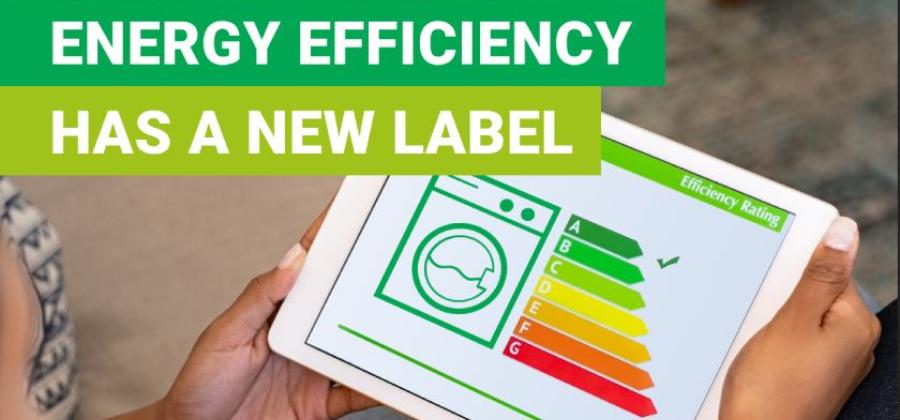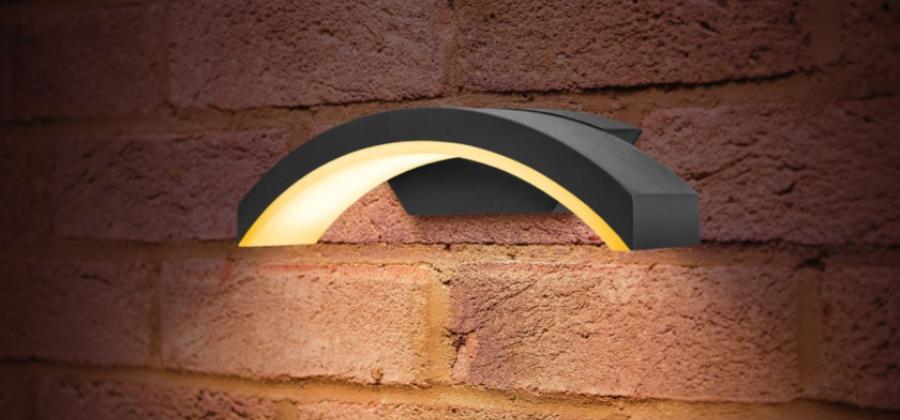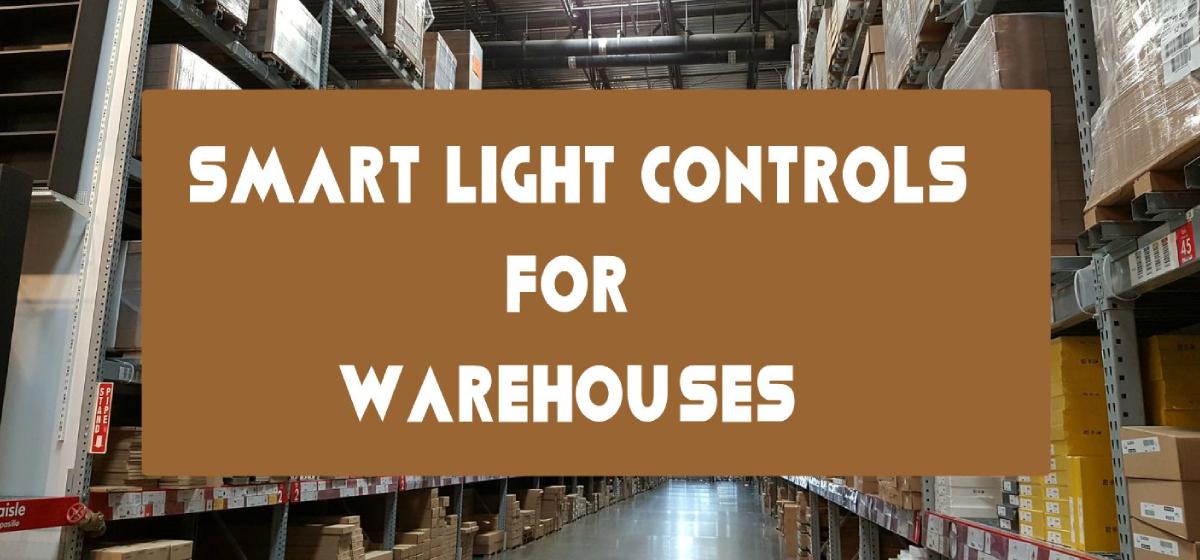
Smart Lighting Control for Warehouses: PIR Motion Detectors and smart LED Lights
Modern lighting controls are commonly associated with office buildings, which seek to create ‘work-friendly’ lighting for their employees; it is necessary, however, to take a look at smart lighting control for larger buildings. Advocates of lighting controls insist that the use of modern lighting should not be restricted to office buildings. Key figures in the lighting industry such as CP Electronics say that smart light systems are suitable for a variety of large buildings, such as warehouses and schools. A key factor to be considered when lighting large buildings are motion detectors. For instance, in a warehouse, an indoor loading bay may only be used for an hour during the day. If the lights were to remain on for the entire day afterwards, it would be a complete waste of energy and money. A key argument for smart lighting control in warehouses: functionality When a warehouse has varying shift patterns with different lighting requirements, a networked solution (whether it be wired or wireless) could be advantageous. A major advantage that comes with a wireless network, such as the CP Electronics An-10 system, is the ease of installation. Furthermore, it is flexible as you can move and scale it as you see fit. However, a wired system may be preferable in very large installations. These environments are sometimes hostile to electrical interference disrupting wireless connections. In terms of smart light functionality, there are other factors to account for, such as the minimum amount of light needed in an area for safety. For instance, in an unoccupied outbuilding you may want minimal lighting to ward off potential intruders. One of the important considerations in regards to functionality is ‘ease of use’ that will all but eliminate the need for end-user intervention. The ultimate goal with systems such as these is for them to be hands-free, in order to save time. A core argument for smart lighting control in warehouses: lower costs Warehouses are similar to office buildings in numerous ways. There needs to be multiple control scenarios to suit different areas of the warehouse. Light may be in constant use during standard working hours in one office, and used barely at all in other areas (such as loading bays). Advances made in lighting control technology allows users to have more oversight of their energy consumption. At present, lighting can account for over half of the total energy budget used in warehouses annually. This is an exorbitant amount that can only be explained by energy wastage. Many manufacturing companies provide smart light systems that make use of modular light controls. CP Electronics, for example, have manufactured the Vitesse Plus system, which has a range of features that will drastically reduce costs. How do smart lighting control save money? The PIR motion detector PIR (Passive Infrared) detectors are a lifesaver when it comes to controlling light usage in warehouses. They operate by detecting moving heat; in a warehouse this may be caused by the workers or machinery in motion. It is essential that the correct form of detector is used - in large spaces such as warehouses long range detectors are necessary. They should be placed at a decent height and without obstruction of their line-of-sight. Alternatives to PIRs come in the form of microwave or High-Frequency (HF) detectors that use low power radars to detect moving objects. However, one downside is that warehouses contain other moving objects that may trigger the microwave or HF detector unnecessarily. Even some loose packaging may cause a ‘false trigger’. PIR detectors also incorporate lux sensors to ensure that areas are only lit if there is not sufficient daylight present. This provides an intelligent way of making use of natural light to ensure energy savings. Why your warehouse should use an LED smart light system The use of smart lighting provides a number of advantages to warehouses, the key one being in energy-efficiency. Smart lighting allows for better optimisation of lighting during critical working hours. It would also be wise to use a system that utilises eco-efficient LED bulbs. You will be saving even more money. There are other advantages provided by most LED light systems, as outlined here. 1. Better dimming capabilities LED lights that are compatible with dimming controls are an important aspect of achieving energy efficiency. Unlike with traditional lights, dimming the LEDs won’t affect the lifespan and long-term quality of light emitted by them. 2. Energy-efficiency LED drivers use very little energy. The combined power consumption of both the light and controller is still significantly lower than those of traditional lighting systems. 3. Minimal heat emission Conventional lights get hot after extended use, while LED lights emit minimal heat. LED lights have become very efficient with minimal heat output which can benefit working environments. Traditional light bulbs emit heat which can negatively affect the efficiency of air conditioning. LED lights do not have this problem. 4. Consistent light with no wait time The illumination that LEDs provide is constant from the moment they’re switched on until the moment they’re turned off. Good quality LED lights and drivers never flicker and don’t require minutes of waiting time to get to their full capacity, unlike traditional light bulbs. You can constantly turn LEDs on and off without affecting their brightness and lifespans. 5. Low maintenance LEDs usually have long lifespans and are robust enough to withstand heavy-duty use. They don’t use electronic ballasts (unlike conventional warehouse lighting) which require regular replacements. The lack of maintenance needed for LED bulbs reduces overhead costs for companies. It also ensures that operations will not get interrupted by scheduled maintenance. Factors to consider when installing a smart lighting control system Control devices used - One of the first things you should consider when implementing a large scale lighting plan is what control device you intend to use. Compatibility - If you are investing a large amount of money into the system then it may be wise to contact the light manufacturer. You should ensure the controls you plan to buy are compatible with the lights. Type of environment - You should take care when siting control devices dependent on ambient temperature, and how likely it is to affect their operation and range. Number and positioning of devices - Position your lights so that there are no ‘blind spots’ in the warehouse. It is important that operators of heavy-duty machinery, such as forklifts, are able to easily hit the control device when required. Be assured, smart lighting is the solution for large-scale buildings, which have more complex requirements than regular buildings. If you introduce the appropriate control regime, not only will installation costs be reduced but savings will be made immediately. This is an incentive which is difficult to overlook for any company. If you have any further enquiries regarding the Vitesse Plus system and the smart lighting control systems from CP Electronics, please leave a comment or email us.





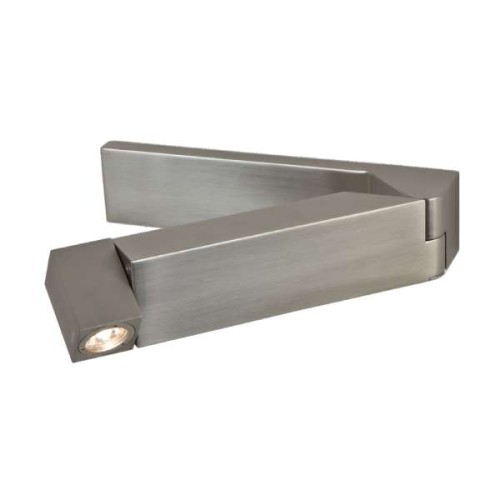

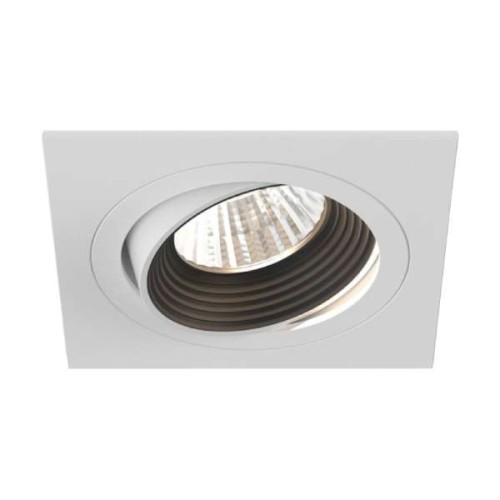
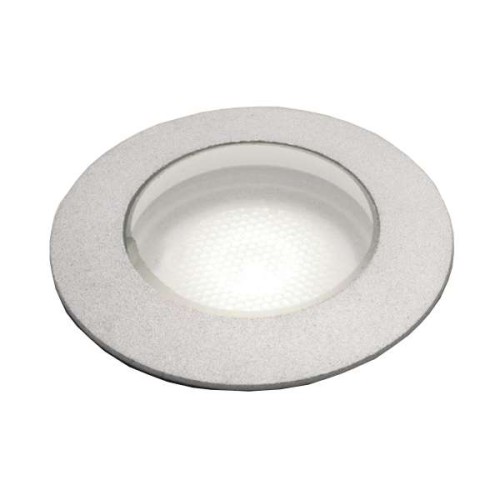
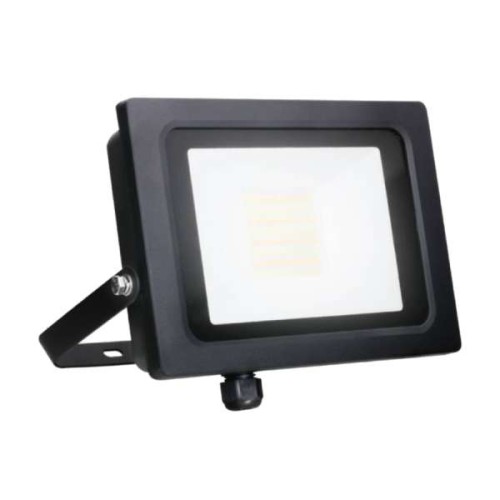
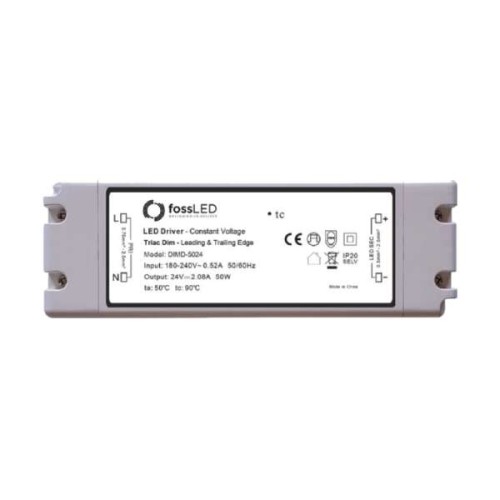
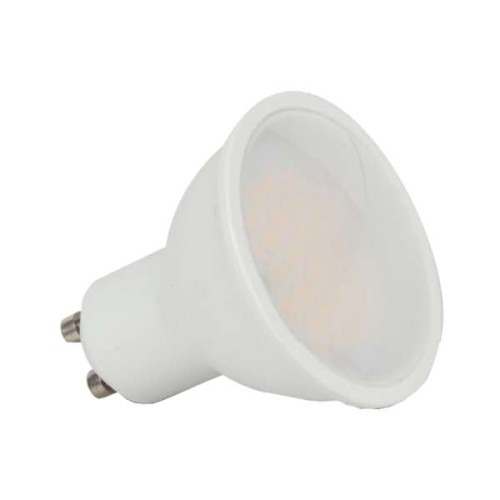
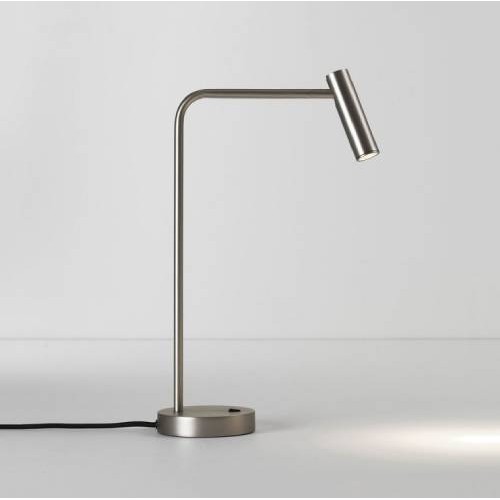

-250x250.jpg)
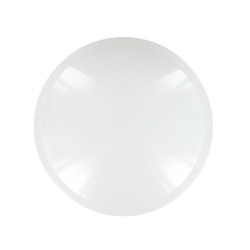

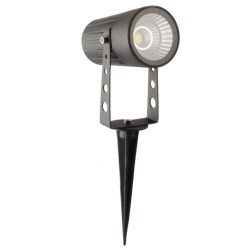
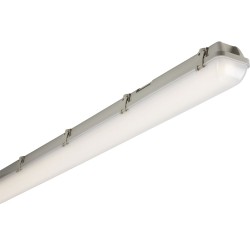
-250x250.jpg)
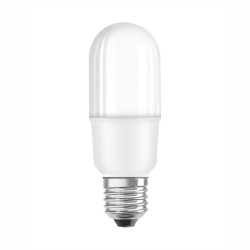
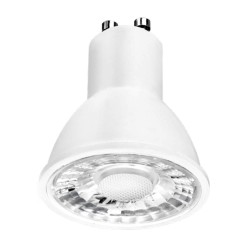
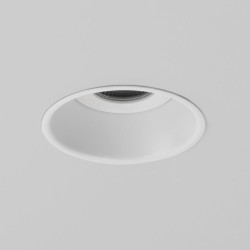
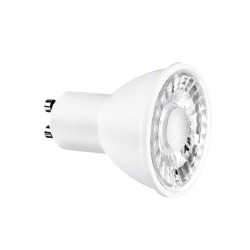

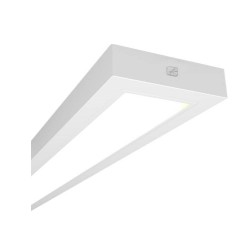



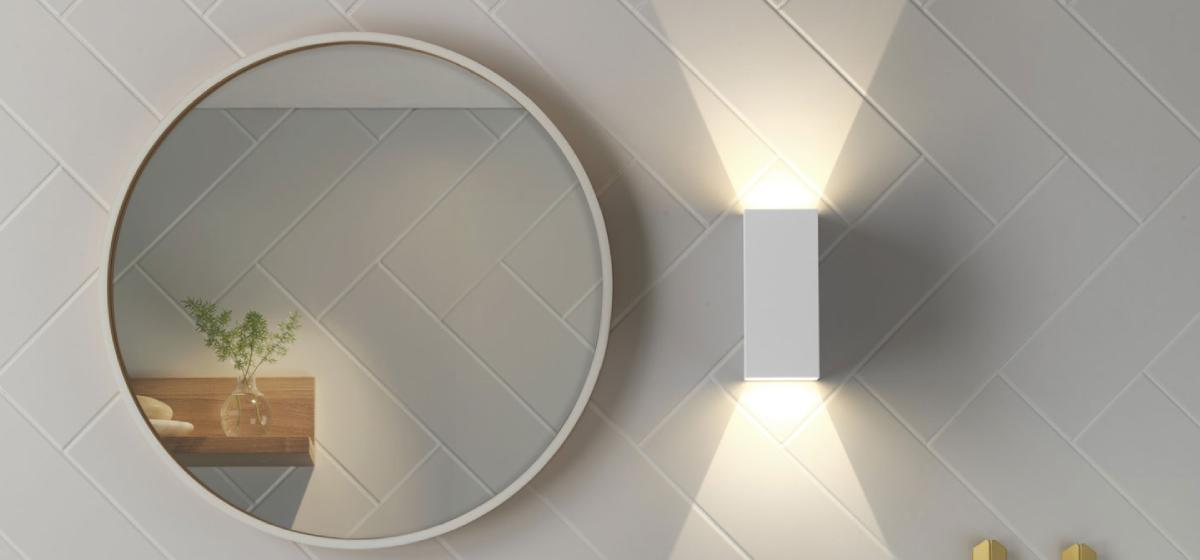
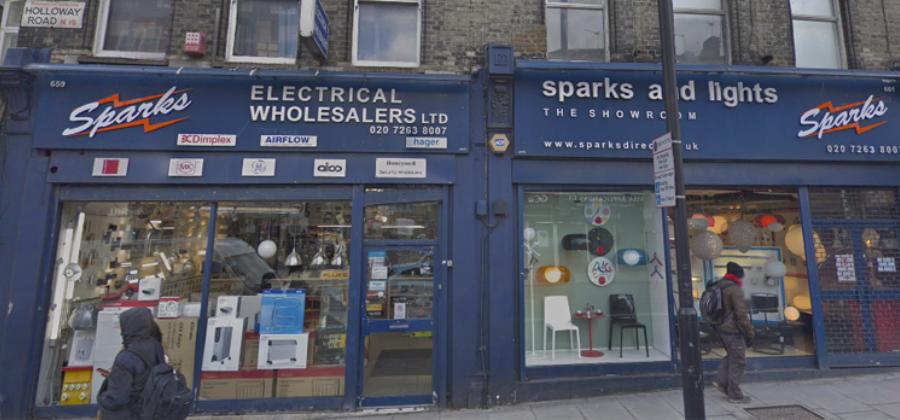


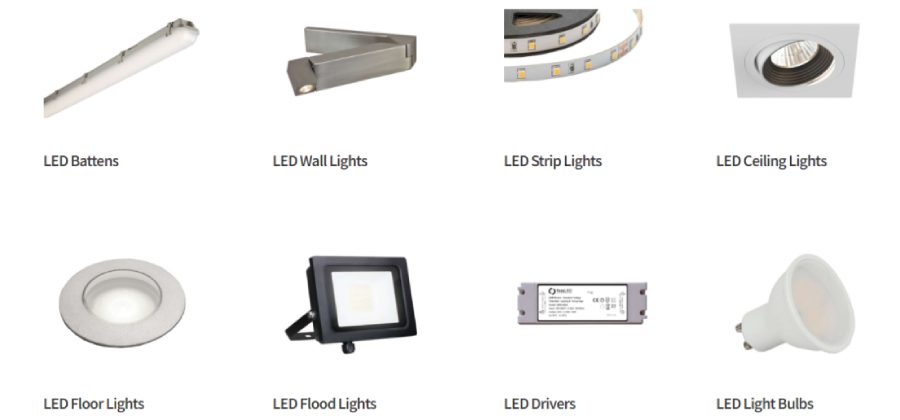
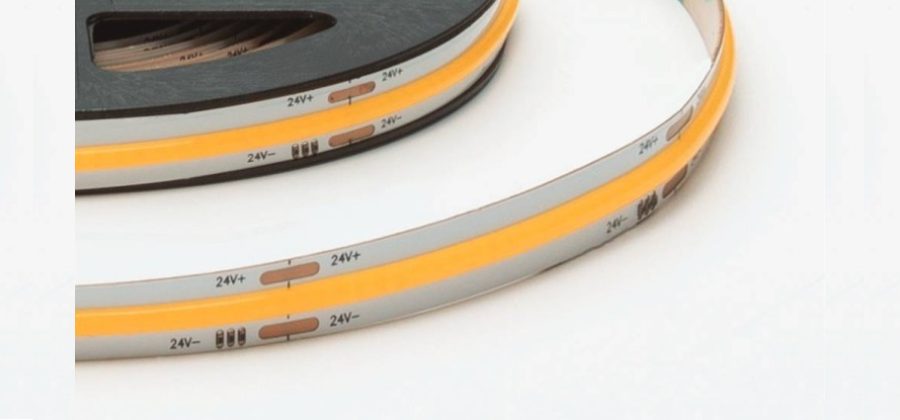
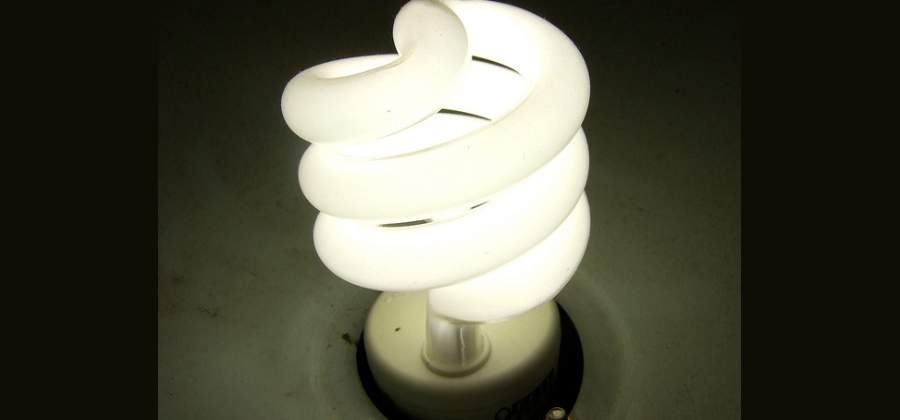
.jpg)
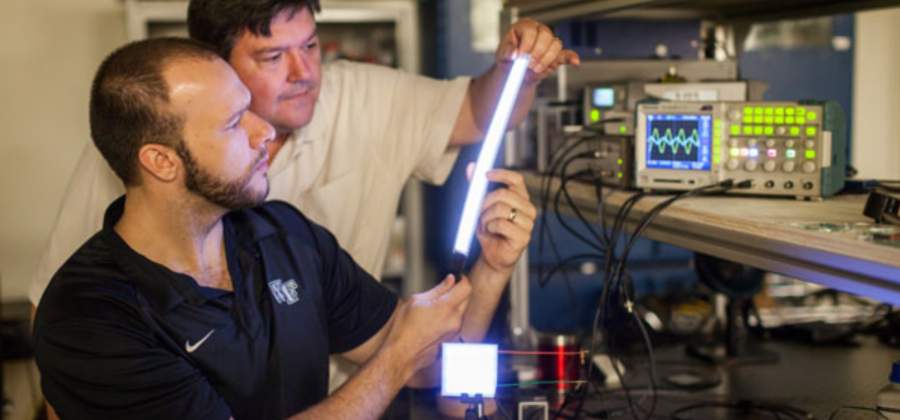
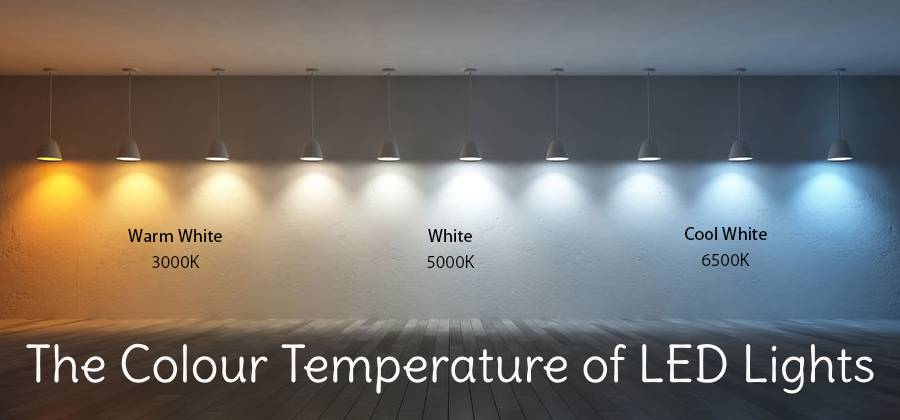
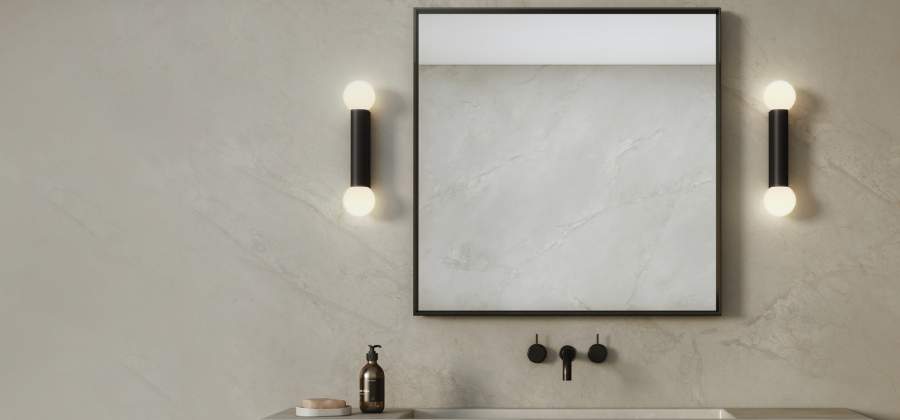
.jpg)
